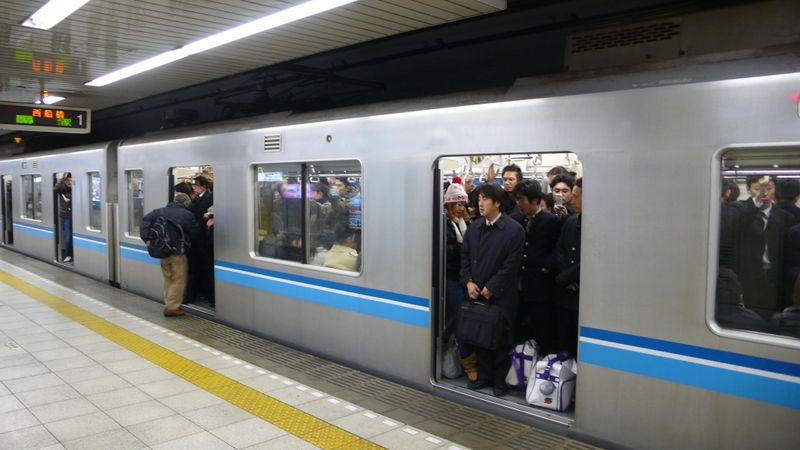Jun 5, 2020
Reigniting the conversation on urban migration post-COVID19
Life has changed a lot in the past six months or so, hasn't it? While I'm relieved that the State of Emergency surrounding COVID 19 was lifted, I definitely don't think it's a case of being out of the woods just yet. Everyone is pinning their hopes on a vaccine for the virus, but that's likely to be still some time away - and that's if it ever comes to fruition. My personal opinion is that we'll all need to alter our way of life to some degree to manage the number of coronavirus cases that emerge, to ensure the healthcare system is able to cope.
There are many ways that we can do that: social distancing, practicing proper hygiene, and wearing masks to name a few - but personally I think the current global climate reignites an important conversation: stopping the trend towards urban migration and encouraging folks to live in less populated areas.
My husband and I have often spoken about how Japan seems to put all of its eggs in the one basket with so many businesses and government organizations basing themselves out of Tokyo. Not only is this a logistical nightmare in the case of a potential natural disaster (which is a completely legitimate possibility), it means that so many people are converging on the one place. It's a nightmare for traffic and crowds on public transport, but an absolute delight for germs and viruses to make their way around. Just imagine a peak hour Tozai Line train (which has a congestion rate of a whopping 199%!) if someone was asymptomatic with COVID 19. It's a frightening prospect - a super spreader event in the making.

Imagine a carrier of coronavirus on Tokyo's Tozai Line, which operates at 199% capacity. Pic Credit: eerkmans, Flickr license
The population density of Tokyo is 6158 people per square kilometer. Compare that to a smaller urban area like Niigata City which has a population density of 1098 people per square kilometer, and it gives some perspective on just how packed Tokyo is. Some data from 2018 indicates that only 8 prefectures out of 47 had population increases from internal migration, and Tokyo, Kanagawa, Chiba, and Saitama were all on that list.
I'd really love to see the government further incentivizing movement to other prefectures, especially smaller city areas or even rural spots. Some prefectural governments have done it independently to try and combat the issues of urban migration and aging populations, and many have been encouraging families with young children to move - but it would be great to see some kind of policy directive from Prime Minister Abe at the top. Monetary incentives, tax breaks, subsidized housing - I'm sure there's a range of ways to approach this kind of plan, but I think it would be of great benefit to Japan overall. Not just for the sake of preventing the potential spread of illness, but to encourage the development of struggling areas, and acting as a safeguard for the country if a disaster such as a major earthquake was to strike.
What are your thoughts about life in Japan in the wake of COVID 19? If you're currently a city-dweller, does it make you think about the possibility of moving to a regional or rural area?



0 Comments